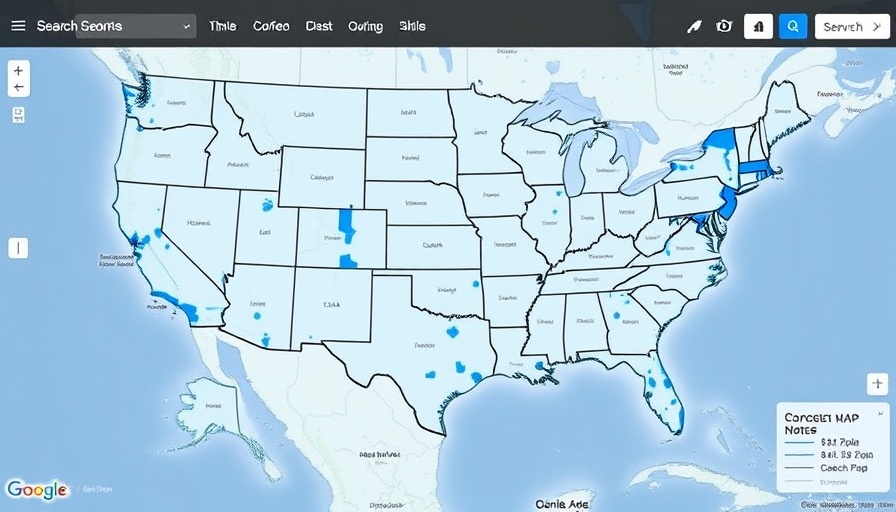
An Urgent Call for Awareness: Tracking Justice40 Cuts
On January 20, President Trump took a drastic step by rescinding the Justice40 Initiative, a program originally set up by former President Biden to address environmental injustices and promote health equity in marginalized communities. This executive action not only dismantled over 500 federal programs with an extensive budget—over $600 billion—but also signaled a significant setback in the efforts to achieve long-term environmental and health improvements for underprivileged populations.
Understanding Justice40 and Its Implications
The Justice40 Initiative was designed to direct 40% of climate and clean energy investments to disadvantaged communities. This included funding allocated for clean air initiatives in schools, expanded solar grants, community energy planning, and targeted pollution remediation. The cuts from this initiative not only threaten public health by increasing pollution exposure but also impede meaningful progress in promoting sustainable development and reducing health disparities. As health fanatics, understanding the ripple effects of these cuts is critical, particularly if it directly affects our local environments and community health outcomes.
How Communities Can Adapt and Track Changes
For journalists and community activists, the challenge now is to monitor the tangible impacts of these cuts on local populations. One essential tool for this is the Climate and Economic Justice Screening Tool (CEJST), which identifies communities that suffer from a lack of investment and face significant environmental burdens. With access to this mapping tool, anyone can uncover how their neighborhood is affected by environmental neglect.
Engaging with federal workers and policy scholars can also provide deeper insights into which community projects are likely to be affected. This information is crucial for tracking the local impacts of the Justice40 cutbacks and articulating these narratives to raise awareness and prompt action.
Emphasizing Health Awareness and Community Wellness
According to the data compiled by the CEJST, health issues in these marginalized communities can relate to various factors, including housing affordability, legacy pollution, and the accessibility of health care. Noticeably, health fanatics will appreciate the importance of highlighting these connections in community dialogues. A focus on maintaining wellness amidst such cuts can be viewed through the lenses of nutrition, exercise, and mental health. Communities can combat the negative impacts by advocating for healthy lifestyle interventions—like holistic health practices, mindfulness, and nutritious eating—to bolster resilience and emotional well-being.
Future Predictions and the Importance of Local Reporting
The loss of Justice40 is just the starting point. Experts predict that continued underfunding will exacerbate the disparities already present in health access and environmental protections. As health fanatics, there’s an irresistible call to action: local reporting has the power to inform citizens about these impending issues and ultimately mobilize communities for advocacy and support.
Tracking impacts through local news coverage can serve as a vital resource for residents trying to navigate these changes. The community can utilize wellness programs, fitness classes, and health education workshops tailored to managing stress and supporting mental health, showcasing resilience against the backdrop of federal funding cuts.
Join the Movement for Health and Justice
The health and wellness community is encouraged to actively participate in conversations surrounding these critical issues. Whether through community meetings, social media campaigns, or directly engaging with local leaders, everyone can contribute to understanding the effects of the Justice40 cuts.
As we rally together, we promote not only health and wellness but a united front for environmental justice and equity. Each voice adds to the collective appeal for accountability and reinstatement of essential programs that promote community welfare.
By remaining informed and engaged, health advocates can inspire positive changes that address environmental justice and ensure a healthier future for all.
 Add Row
Add Row  Add
Add 




Write A Comment